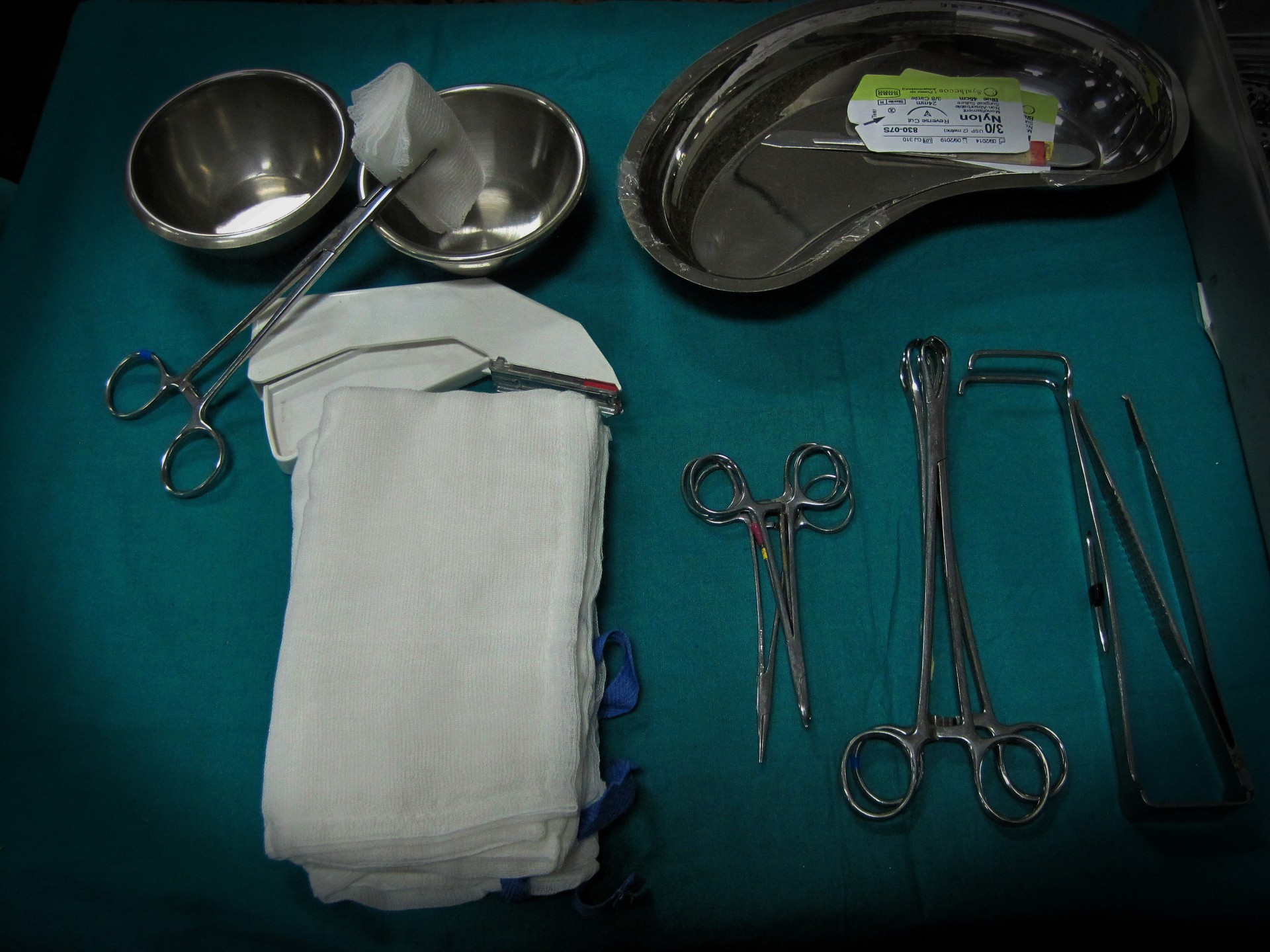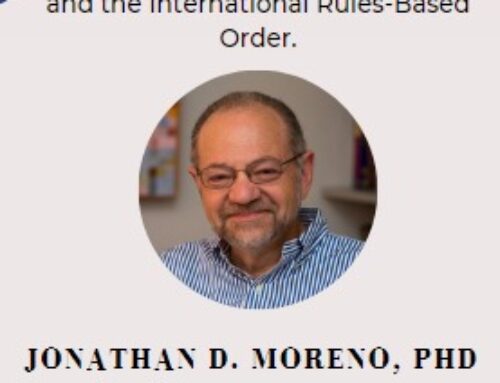By Caroline Song
Healthcare professionals Network Live, HCPLive, recently published a piece by Gale Scott, on the current debate on the organ distribution process in the United States. The article titled, “Hot Debate on Organ Distribution Proposal” contained coverage from a forum held by the United Network for Organ Sharing, UNOS. The main point of contention circled around the disparity in organ distribution. For instance, in some states patients can move up a waiting, whereas in some areas organs are scarce keeping patients on the waiting lists. This is partially due to the unfair demarcation of organ distribution regions. Some areas of the US are more densely populated, meaning there is a higher chance of the area suffering from higher rates of organ failure, leading to more congestion on waiting lists. The US is currently divided into 11 organ transplant regions and the hope is to divide the US into 4 regions. However, choosing to do so can negatively impact rural areas and the transplant centers in these areas could suffer economically while positively impacting large transplant centers. Decreasing the amount of organ transplant regions could also increase the cost of an organ transplant due to an increase in the travel time per patient. There is also a concern about whether changing district lines would still not be able to allocate organs fairly. This also does not guarantee a higher percentage of organs will be available for transplantation. Around 20% of donated organs are discarded due to problems in transport, unsuitability for transplant, and at the surgeon’s discretion. There have been advancements in medical devices to use for transport of organs that may help the organs last longer outside of the body, and while this may be promising, the debate continues. Both sides did agree that if UNOS were to make any changes to the organ distribution regions, it would still take years to execute.
Read the full article here.







